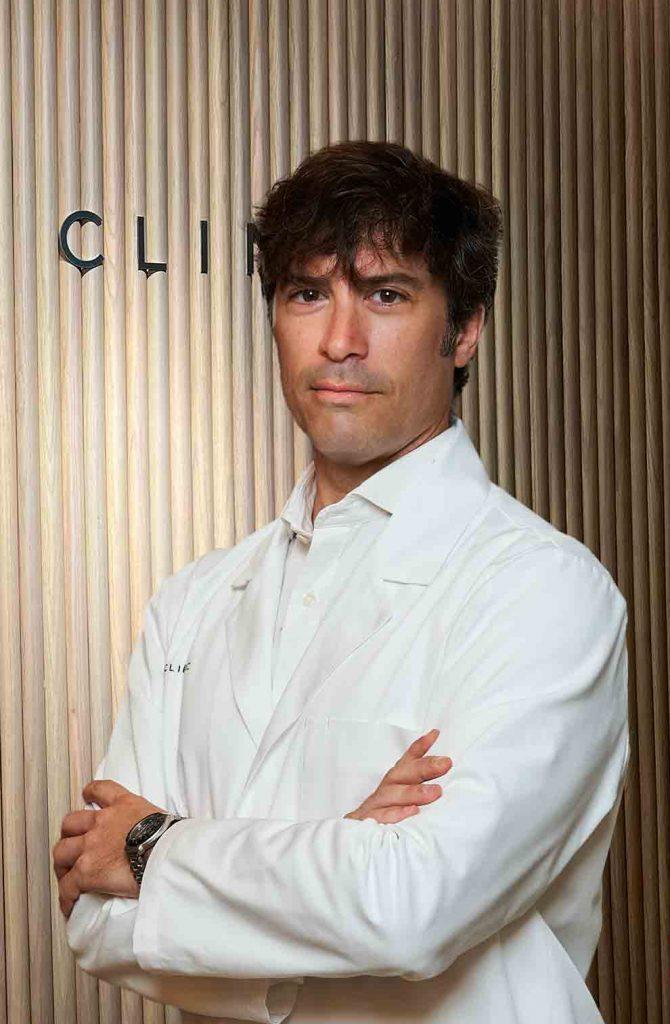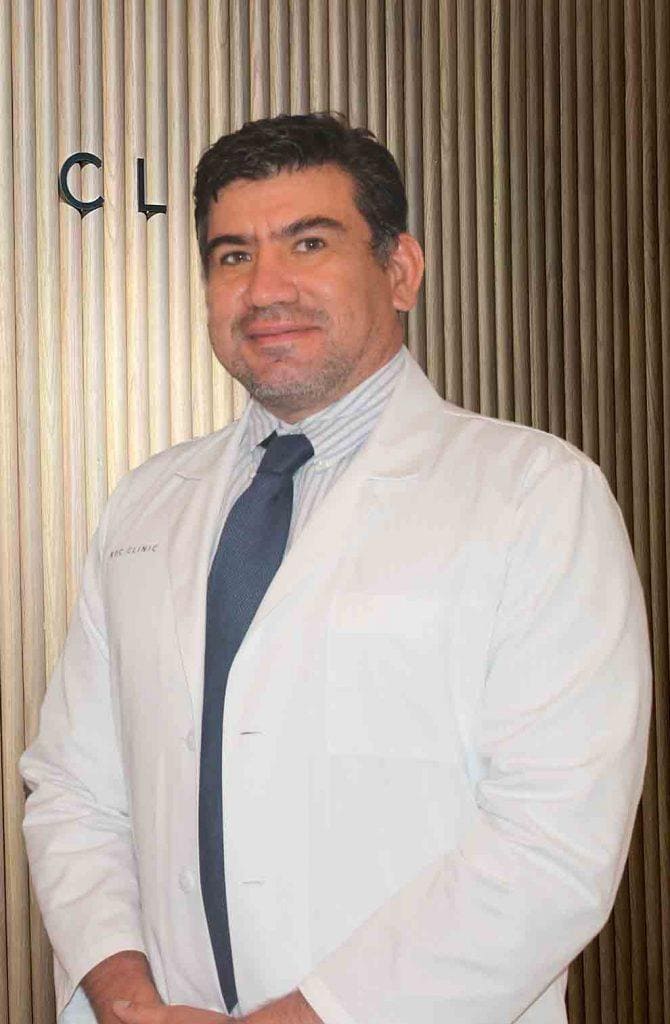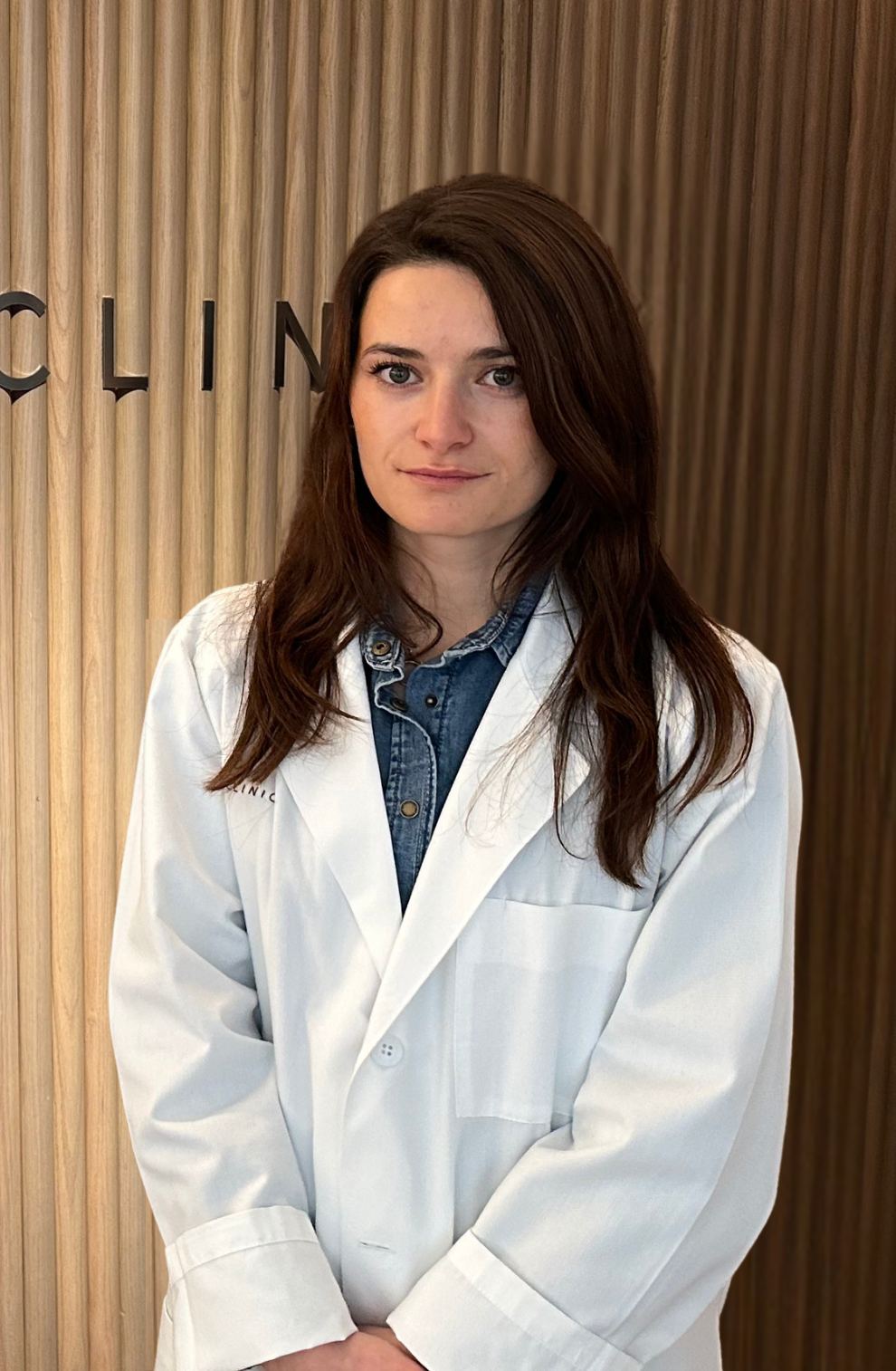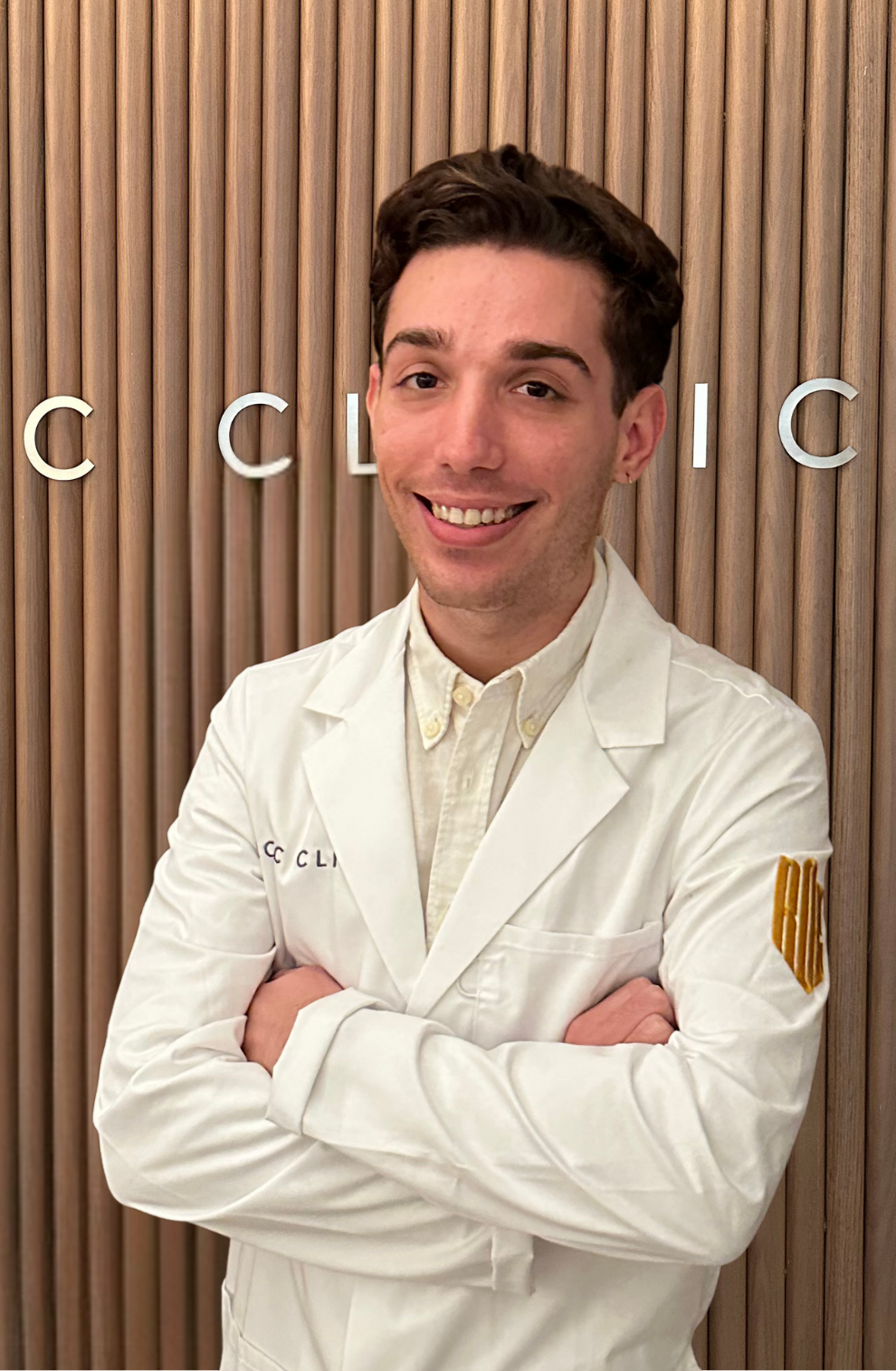Treatment Benign Prostate Hyperplasia
Treatments for BPH vary depending on the severity and intensity of symptoms.
It depends largely on three factors: the degree of symptoms, the presence of complications and patient preference.
- Super-specialized urologists
- Personalized treatment
- Minimally invasive approach
- More than 16,000 patients successfully treated
Benign Prostatic Hyperplasia Treatment and Technology
Treatments for benign prostatic hyperplasia (BPH) vary according to the severity and intensity of the symptoms. We can distinguish between medical and surgical treatment:
Medical treatment
It is the treatment for most men with mild to moderate urinary symptoms. The risk of progression of prostate problems, which can reach up to 30% in large prostates, must be taken into account, as well as the efficacy and safety profile. Some prostate drug treatments cause sexual problems such as impotence, anejaculation or decreased sexual desire.
- Phytotherapy. It consists of plant extracts that improve urinary symptoms. It is indicated in mild and moderate symptoms without complications. It does not produce side effects in the sexual sphere.
- Alpha blockers. These are drugs that "open" the bladder neck and reduce symptoms, facilitating urination. They do not alter the natural history of the disease, so they could be considered "prostate analgesics". They have two side effects to be taken into account: arterial hypotension and the decrease, even elimination, of sperm with orgasm.
- 5-alpha-reductase inhibitors. These are drugs indicated in prostates larger than 40cc to reduce their size and improve urine flow by blocking an enzyme that the body needs to make dihydrotestosterone.
Its effects take some time to react, but this treatment reduces the risk of complications and the need for surgery in the long term. The main drawbacks are decreased sexual desire and possible erection problems.
Surgical treatment
When there are important symptoms or complications, the best alternative is surgery. Among the surgical options, there are minimally invasive ones that allow very short admissions and minimize the risk of complications.
Classic techniques
- Transurethral resection of the prostate (TURP). Classically, benign prostatic hyperplasia of less than 60cc has been treated by transurethral resection of the prostate (TURP). It consists of removing the prostatic adenoma little by little with a classic scalpel through the urethra, without incisions. This technique can lead to a series of complications such as bleeding, fluid absorption or the need for reoperation in the medium to long term.
- Open surgery. When the adenoma is larger than 60cc, classically open surgery was required, since it was not possible to remove all the tissue through the urethra. This technique is much more aggressive, but it manages to remove the entire prostatic adenoma, preventing the recurrence of the disease, there are no recurrences. Although it is effective and definitive, it has a lot of associated morbidity and mortality: bleeding, high percentage of blood transfusion, surgical wound, requires hospital admission and prolonged bladder catheterization, recovery and reintegration to our daily life is slower.
Modern techniques
- Holmium Laser (HoLEP). The most powerful deobstructive treatment with the best safety profile is prostatic enucleation with Holmium Laser. It is indicated for all prostate sizes and has the same efficacy as open surgery but with much less aggression and many fewer complications. In ROC Clinic we have more than 15 years of experience in this technique and we have performed more than 3,500 interventions with holmium laser.
- Tulium laser (ThuLEP). The Tulium laser prostatic vapoenucleation technique allows the vaporization of prostate tissue through energy emitted continuously, unlike the Holmium laser, which does it in the form of pulses.
- AquaBeam. This is a robotic treatment that vaporizes the prostate tissue using water. It is a very safe procedure with virtually no incontinence, erection problems or ejaculation disturbances. It is effective in medium to large prostates.
- Rezum. It consists of the injection of water vapor into the prostate producing the unblocking of the lower urinary tract and improvement of symptoms. It does not cause side effects such as incontinence, erectile dysfunction or anejaculation. It is effective in small or medium sized prostates. It is a treatment valid only for patients strictly selected on the basis of a series of personal, clinical and anatomical parameters, with a mild condition and for prostates no larger than 80cc in size. It is usually presented as an alternative to medication.
- Green laser. This treatment is indicated for prostates smaller than 60-80gr. It consists of vaporizing the prostate tissue through the urethra, making it disappear and thus eliminating the bladder obstruction. The functional results are similar to those obtained with classic transurethral resection of the prostate, but inferior to open surgery or prostatic enucleation.
They ask us in the Consultation
Is benign prostatic hyperplasia dangerous?
Benign prostatic hyperplasia (BPH) is not a cancer nor does it increase the risk of developing it, therefore, it is not a dangerous disease in itself. However, if not treated properly, it can lead to major complications that do seriously affect health and quality of life. Among the possible consequences of uncontrolled BPH are: acute urinary retention (inability to urinate), recurrent urinary tract infections, bladder stone formation, progressive damage to the bladder or kidneys. Therefore, although it is not malignant, it does require medical attention and urological follow-up. With early diagnosis and appropriate treatment, BPH can be effectively controlled and complications avoided.
Can prostate pills cause sexual problems?
Yes, some prostate medications worsen erection, sexual desire and ejaculation, but there are alternatives to improve symptoms without side effects.
Does prostate hyperplasia surgery cause sexual problems? Is it very aggressive?
Not at all. In recent years we have more and more technology that allows us to perform minimally invasive prostate surgery without causing sexual side effects.
Since I have prostate problems I have sexual problems... is it related?
Yes, very much so. Prostate problems can lead to impotence and premature ejaculation. That's why sometimes early treatment of prostate hyperplasia can prevent you from developing sexual problems.
Team of the Benign Prostatic Hyperplasia Unit
Newsof ROC Clinic on Benign Prostatic Hyperplasia
Research
Initial experience with thulium fiber laser for prostate enucleation: Analysis of the intraoperative and short-term outcomes in a prospective, multicenter cohort.
Treatments
ROC Clinic has performed more than 3,000 prostate enucleation procedures with Holmium laser.
Training
Programming of the 2022 courses in Holmium laser prostatic enucleation.


 +34 912 627 104
+34 912 627 104 Contact
Contact















